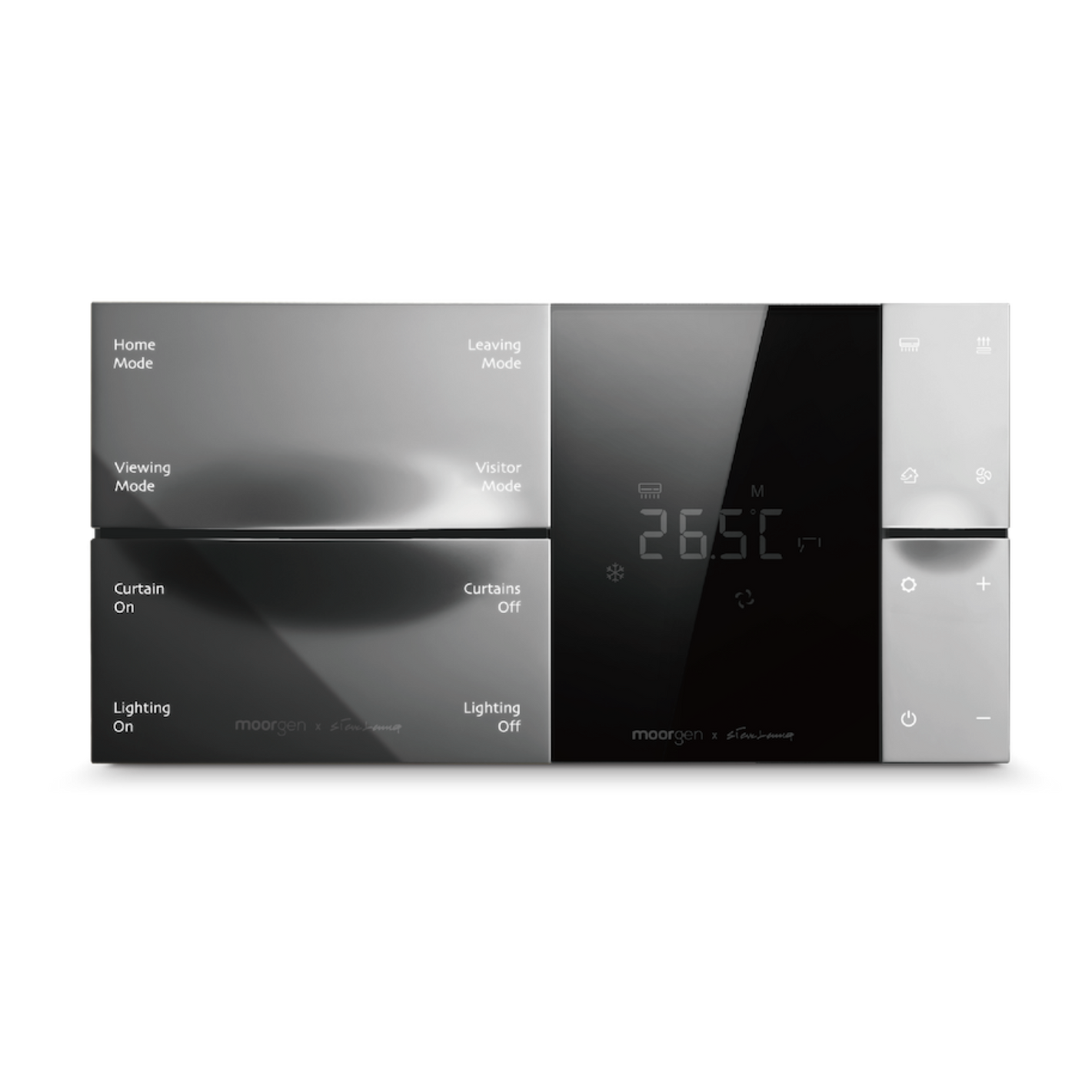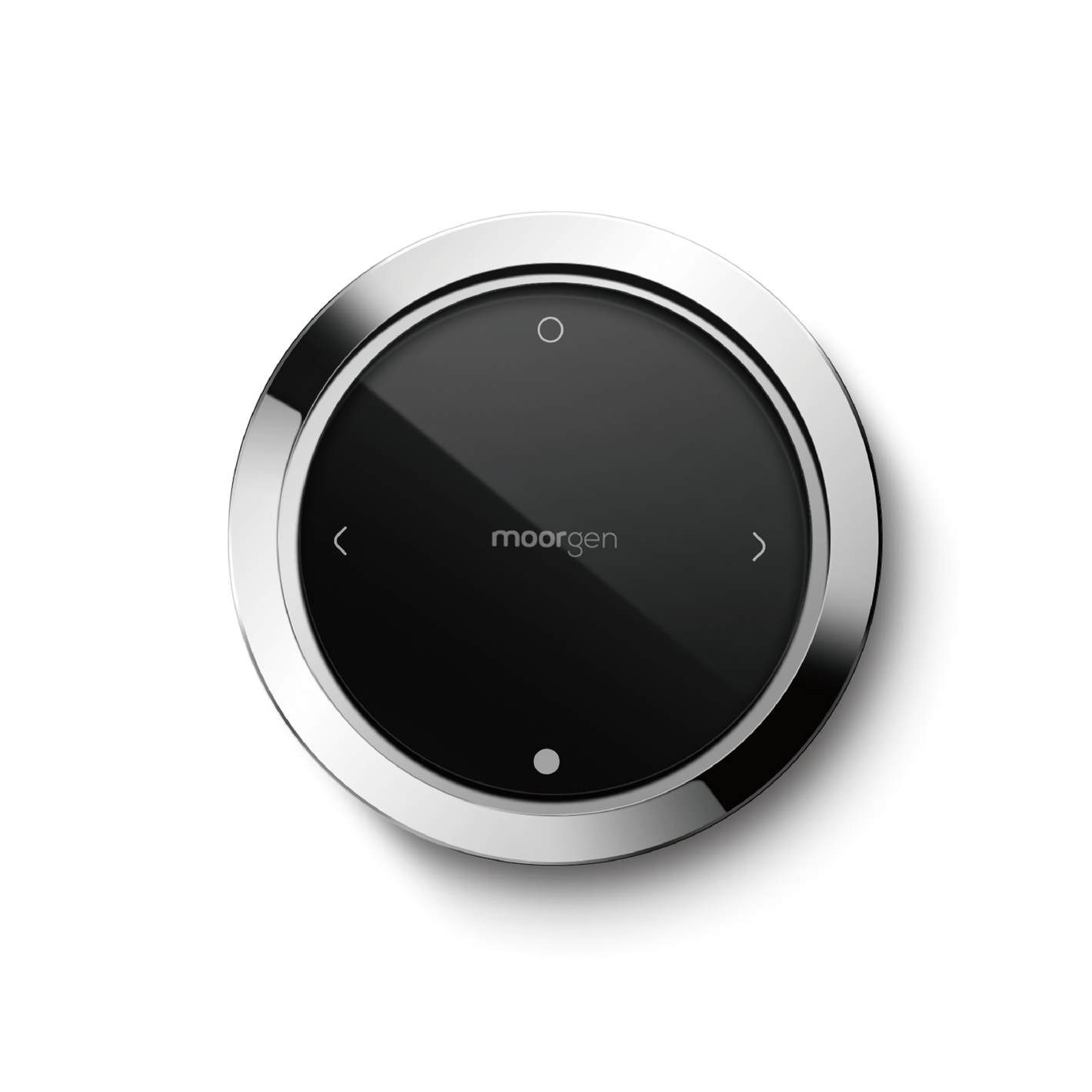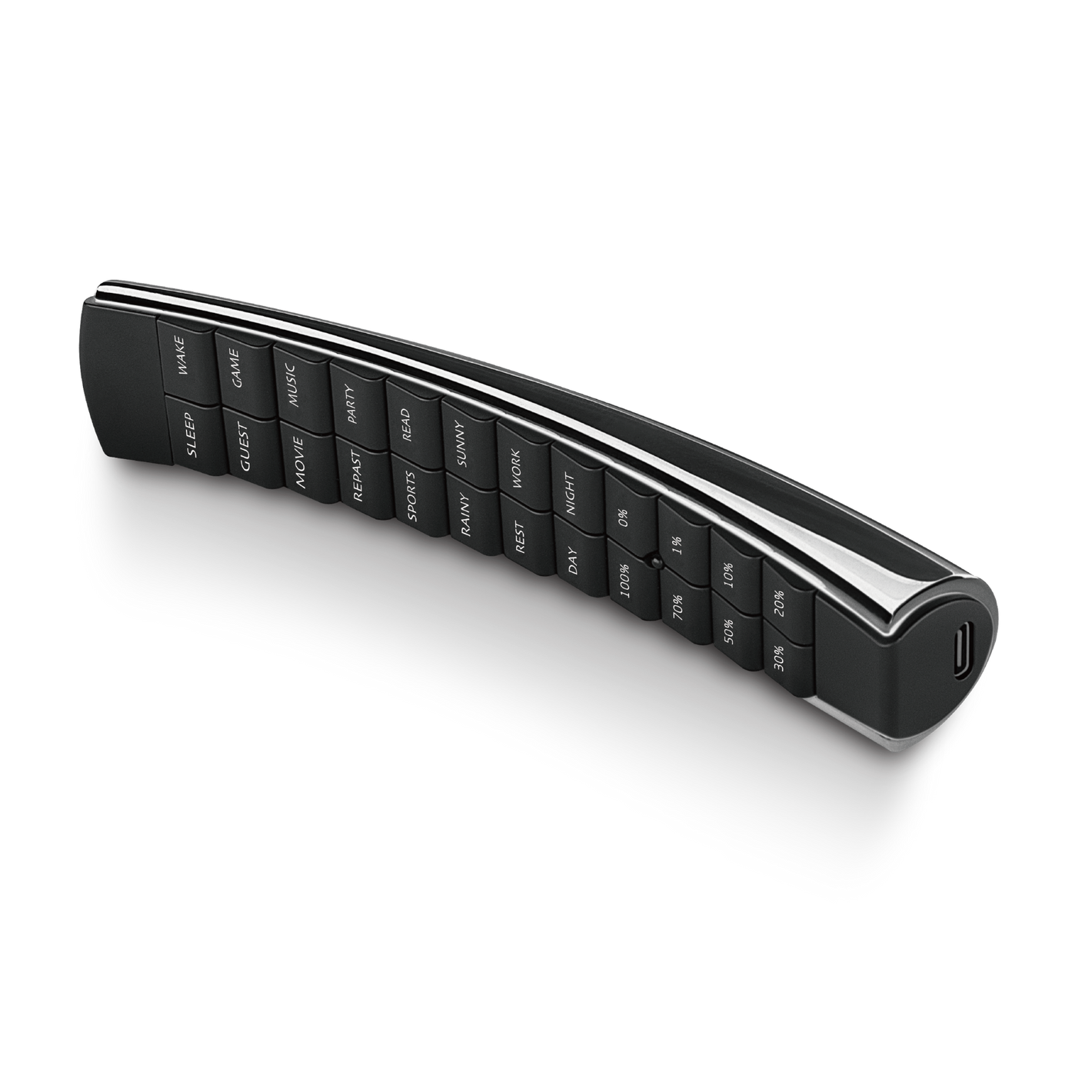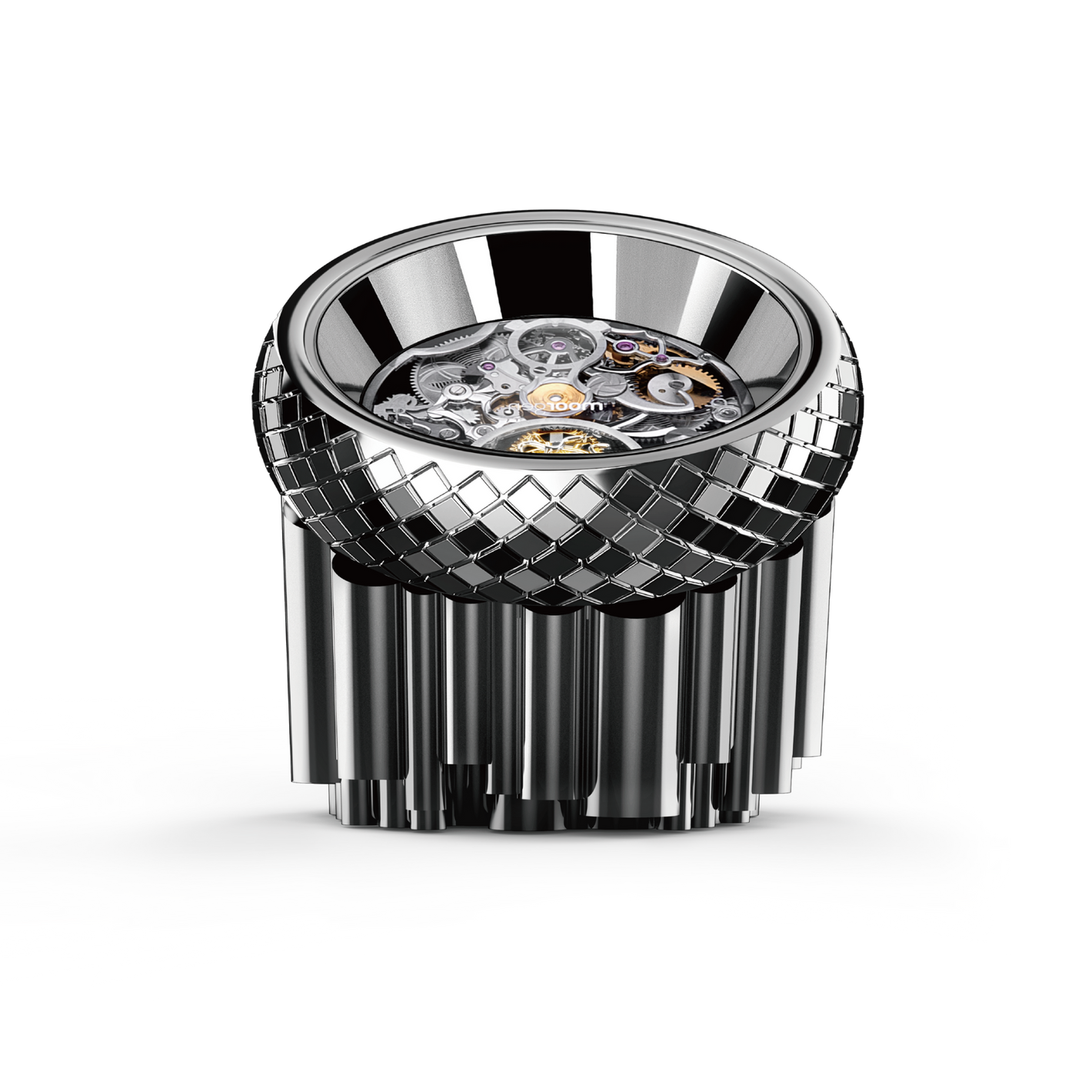Which Smart Door Lock is the Best? Fingerprint, Finger Vein Recognition, Face Recognition or Virtual Passcode?
Smart door locks have become increasingly popular in Hong Kong, with innovative unlocking methods ranging from the primitive password lock evolving into "virtual passcode" and "dual security mode." These locks have also incorporated biometric recognition technologies, giving rise to fingerprint locks, vein recognition locks, face recognition locks, and virtual passcode locks. While the variety of options is beneficial for consumers, making the right choice among them has become more complex. If you're wondering which smart door lock is suitable for your home, this Moorgenzine article compares them one by one!
Key Points of This Article:
- Smart Door Lock - Fingerprint Lock
- Smart Door Lock - Vein Recognition Lock
- Smart Door Lock - Face Recognition Lock
- Smart Door Lock - Virtual passcode Lock
- Which Smart Door Lock is the Best?
- Why not ALL? Introducing Moorgen Smart Locks!
Smart Door Lock - Fingerprint Lock
Fingerprint locks are among the most popular categories of smart door locks, typically utilizing optical and semiconductor sensing technologies.
Optical Fingerprint Recognition
Optical fingerprint recognition uses an optical module to identify the fingerprint pattern on the fingers. It has a lower production cost due to mass production capabilities. However, its sensitivity is less stable, and it can be affected by external factors such as strong light, causing the detector to blur or be influenced by chemical substances on the fingers, hindering the efficiency and accuracy of fingerprint recognition.
Semiconductor Fingerprint Recognition
Semiconductor fingerprint recognition employs over ten thousand capacitors arranged to sense the fingers in multiple dimensions, including temperature, pressure, and charge changes. Despite a higher price, it offers faster sensing, higher accuracy, and greater security. Currently, most smart door locks on the market adopt semiconductor fingerprint recognition.
Advantages of Fingerprint Locks
In addition to the convenience of not needing to carry keys when going out, fingerprint locks can store a large number of fingerprints, making it easy to register the fingerprints of family and friends for occasional use.
Disadvantages of Fingerprint Locks
The main drawback of fingerprint locks is that they still require the use of hands (fingers) to open the door. If you have your hands full when returning home, opening the door can become inconvenient. Additionally, the fingerprint sensor needs regular cleaning to ensure the speed of fingerprint recognition.
Smart Door Lock - Finger Vein Recognition Lock
Finger vein recognition lock is a rapidly emerging category of smart door locks in recent years, belonging to the realm of biometric recognition technology. In simple terms, finger vein recognition identifies user identity through vein patterns (the distribution pattern of blood vessels in the fingers). To elaborate, vein recognition utilizes a CCD camera to emit "near-infrared light." The human body's flowing blood absorbs the light, creating an image of the finger vein pattern, which needs to be still for accurate detection.
Medical research has shown that human finger vein patterns are unique and one-of-a-kind, making finger vein recognition a highly secure unlocking technology.
For an in-depth understanding of how vein recognition technology operates, you can refer to: [Smart Door Lock] Detailed Guide: Finger Vein Recognition
Advantages of Vein Recognition Locks
Since vein recognition utilizes the internal vein patterns of the fingers rather than surface features, it is difficult to forge. Even if the fingers are worn, injured, dry, or wet, it does not affect vein recognition. Moreover, as blood flow in the fingers is necessary for the detector to capture vein patterns, using a severed finger, as depicted in movie scenarios, is impractical with vein recognition locks.
For now, vein recognition locks can be considered the most secure and reliable among smart door locks.
Disadvantages of Vein Recognition Locks
Due to the need for a CCD camera and the emission of short infrared light, along with intricate recognition and matching technology, vein recognition modules are generally more expensive. Additionally, vein recognition modules are much larger than fingerprint modules, resulting in smart door locks with vein recognition features being bulkier.
Smart Door Lock - Face Recognition Lock
Face recognition involves analyzing and comparing visual features of a person's face to identify their identity. The face recognition process in smart door locks generally consists of three main steps: detecting the face, analyzing facial features, and face recognition. The sensing camera projects thousands of invisible points to accurately capture facial contour details and structural features, converting them into a numerical representation (or facial features). This representation is then compared with registered facial data, and if they match, the door unlocks successfully.
Advantages of Face Recognition Locks
The most significant advantage of face recognition locks is contactless operation. When you approach a smart door lock, the system automatically senses the face and confirms identity, leading to the automatic opening of the door. The authentication process of face recognition is faster than fingerprint and iris recognition, and the higher number of reference points in face recognition significantly improves accuracy and security. Additionally, the complex structure of the face makes it challenging to steal or replicate.
Disadvantages of Face Recognition Locks
Face recognition also has its limitations. For instance, facial features are not always stable. Factors such as facial expressions, hairstyles, and facial hair can affect the recognition process, potentially causing delays in quickly confirming identity. Face recognition is also susceptible to variations in lighting conditions, which may further lengthen the time required for facial recognition. Additionally, due to the involvement of a camera, face recognition locks tend to consume more power compared to other unlocking methods like fingerprint locks or vein recognition locks.
For those interested in delving deeper into the technology and security of face recognition, you can refer to: [Smart Home] Smart Door Lock: Is Face Recognition Secure? 4 Things to Consider When Choosing a Face Recognition Smart Door Lock
Smart Door Lock - Virtual Passcode Lock
Virtual passcode is the latest password lock technology, and its operation is not complicated. When users open the smart door lock, they only need to enter "any number + correct password + any number." Ensuring that the entered password string contains the complete sequence of the "correct password," the smart door lock can verify the password and then unlock.
For an in-depth understanding of how virtual passcode locks operate, you can refer to: 【Smart Home】Smart Door Locks: What is a Virtual Passcode? Understanding How Virtual Passcode Work
Advantages of Virtual Passcode Locks
The significant advantage of virtual passcode locks is the retention of the traditional 6-8 digit password, greatly enhancing security without increasing the user's memory load. Additionally, if there are others, such as neighbors, nearby when you unlock, they can easily input the password without feeling awkward.
Disadvantages of Virtual Passcode Locks
The length of virtual passcodes is generally limited to 20-22 digits, with some models reaching 32 digits, but they are not unlimited. Virtual passcode functionality usually has a limit on the number of incorrect entries, for example, five consecutive attempts, leading to potential issues with incorrect input. Lastly, if the "correct password" is leaked, the virtual passcode becomes meaningless.
Choosing the Best Smart Door Lock
When considering the best smart door lock, several factors should be taken into account: price, power consumption, your habits, front door environment, and space.
Price
Smart door locks with biometric recognition technology are generally more expensive due to the high-tech modules involved. Among them, finger vein recognition locks tend to be the most expensive. If you are looking for affordability, you may choose a smart door lock with virtual passcode functionality. If you want to have both biometric recognition technology and reasonable pricing, consider a smart door lock with fingerprint unlocking.
Power Consumption
Smart door locks with biometric recognition technology require different detectors, leading to slightly higher power consumption. Finger vein recognition locks that use CCD cameras and facial recognition locks with built-in cameras generally consume more power than other smart door locks. If you prefer not to change batteries frequently, consider using a smart door lock with fingerprint unlocking.
In case your smart door lock runs out of power, you can refer to:【Smart Digital Door Lock】4 Solutions for Unexpected “No Batteries”
Your Habits
Relative to price and power consumption, usage habits are considered the most important. Like Steve Jobs' famous quote, "You've got to start with customer experience and work backward to the technology." Therefore, when choosing the right smart door lock, one should not only pursue new technology but also assess whether it feels convenient to use.
Front Door Environment and Space
The front door environment and available space are also significant considerations, especially in densely populated areas like Hong Kong. For example, vein recognition modules are generally larger, requiring more space for installation. Additionally, if the front door lighting is unstable, the facial recognition function may be compromised. Therefore, when purchasing a smart door lock, consider the practical situation at the front door.
Why not ALL? Introducing Moorgen Smart Locks!
Instead of choosing among different types of smart door locks, why not have them all? Moorgen, a premium smart home brand, offers intelligent door locks with ergonomic design and various unlocking methods. For instance, the Moorgen T9 Smart Door Lock features 6 unlocking methods - face recognition, finger vein recognition, virtual passcode, smart card, mobile app, and physical key. There's definitely one that suits your habits.
The Moorgen T9 Smart Door Lock is equipped with a high-definition camera peephole for added security. In addition to viewing the outside conditions on the screen of the smart lock, you can also engage in a conversation with visitors through the mobile app. The child lock function prevents accidental door openings by children or pets, showcasing Moorgen T9's comprehensive consideration for home safety.
When you purchase a Moorgen Smart Door Lock, professional installation service is included for free. This ensures you can effortlessly and worry-free enjoy the benefits of smart home living.
After reading this Moorgenzine article, we believe you have gained a deeper understanding of the various unlocking methods of smart door locks. If you have any questions about smart door locks, feel free to contact Moorgen at any time. Additionally, if you want to experience firsthand how smart door locks can enhance your lifestyle, you can visit Moorgen's showroom located in North Point, Hong Kong, and feel the essence of Real Smart Home.
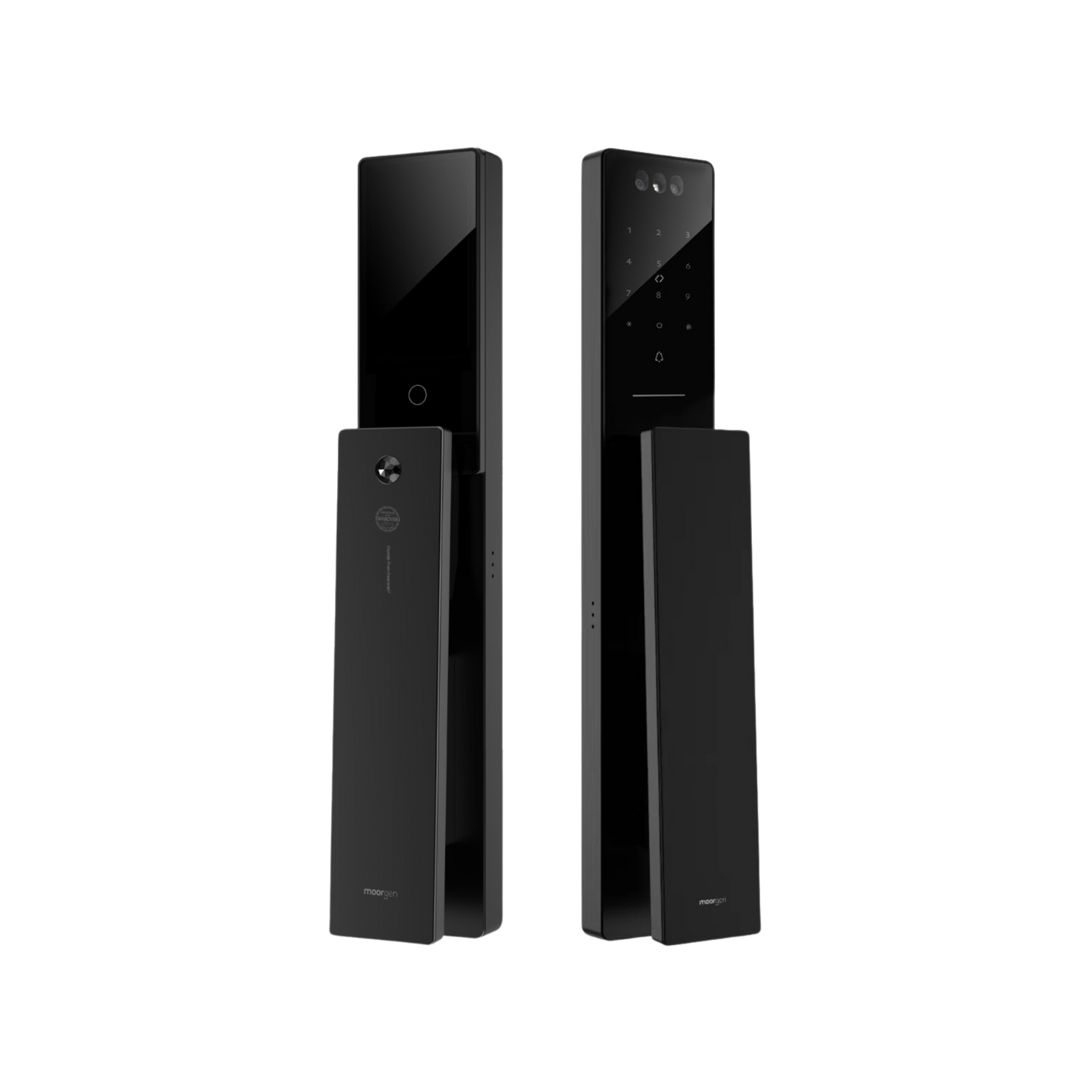

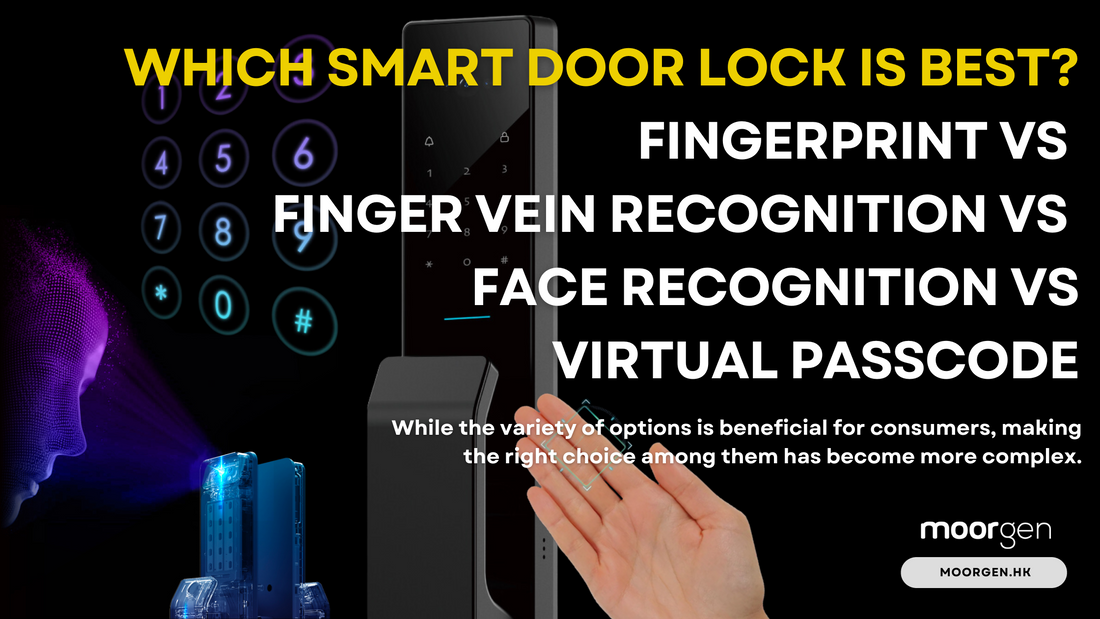
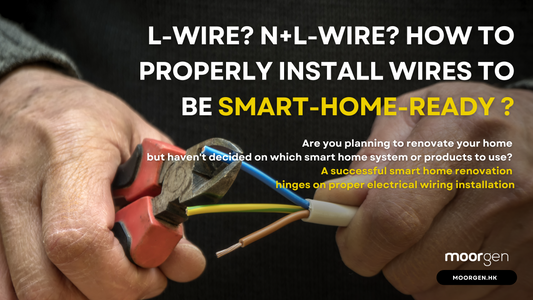
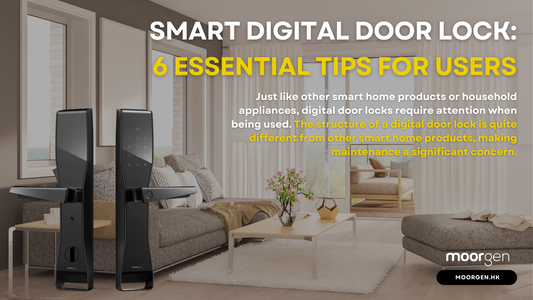
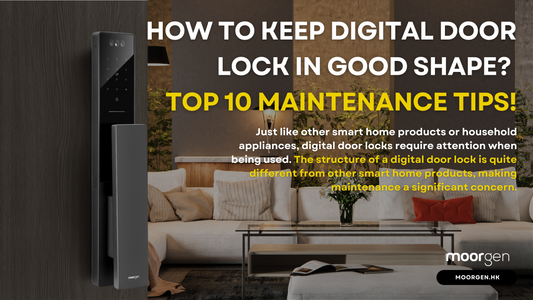

![[Smart Living] How to Choose a Smart Power Strip? Swift Transform Your Home into a Smart Home!](http://moorgen.hk/cdn/shop/articles/blog_cover_moorgen_how_to_choose_smart_power_strip.png?v=1728137093&width=533)
![[Smart Living] How to Choose LED Bulbs? Which Ones Are the Most Energy-Efficient?](http://moorgen.hk/cdn/shop/articles/blog_cover_moorgen_how_to_choose_led_bulbs.png?v=1728136975&width=533)
![[Smart Living] How to Choose an Instant Hot Water Dispenser and Use It Efficiently?](http://moorgen.hk/cdn/shop/articles/blog_cover_moorgen_how_to_choose_instant_hot_water_dispenser.png?v=1728136837&width=533)
![[Smart Living] 5 Energy-Saving Tips for Electric Kettles](http://moorgen.hk/cdn/shop/articles/blog_cover_moorgen_energy_saving_tips_electric_kettles.png?v=1728136710&width=533)
